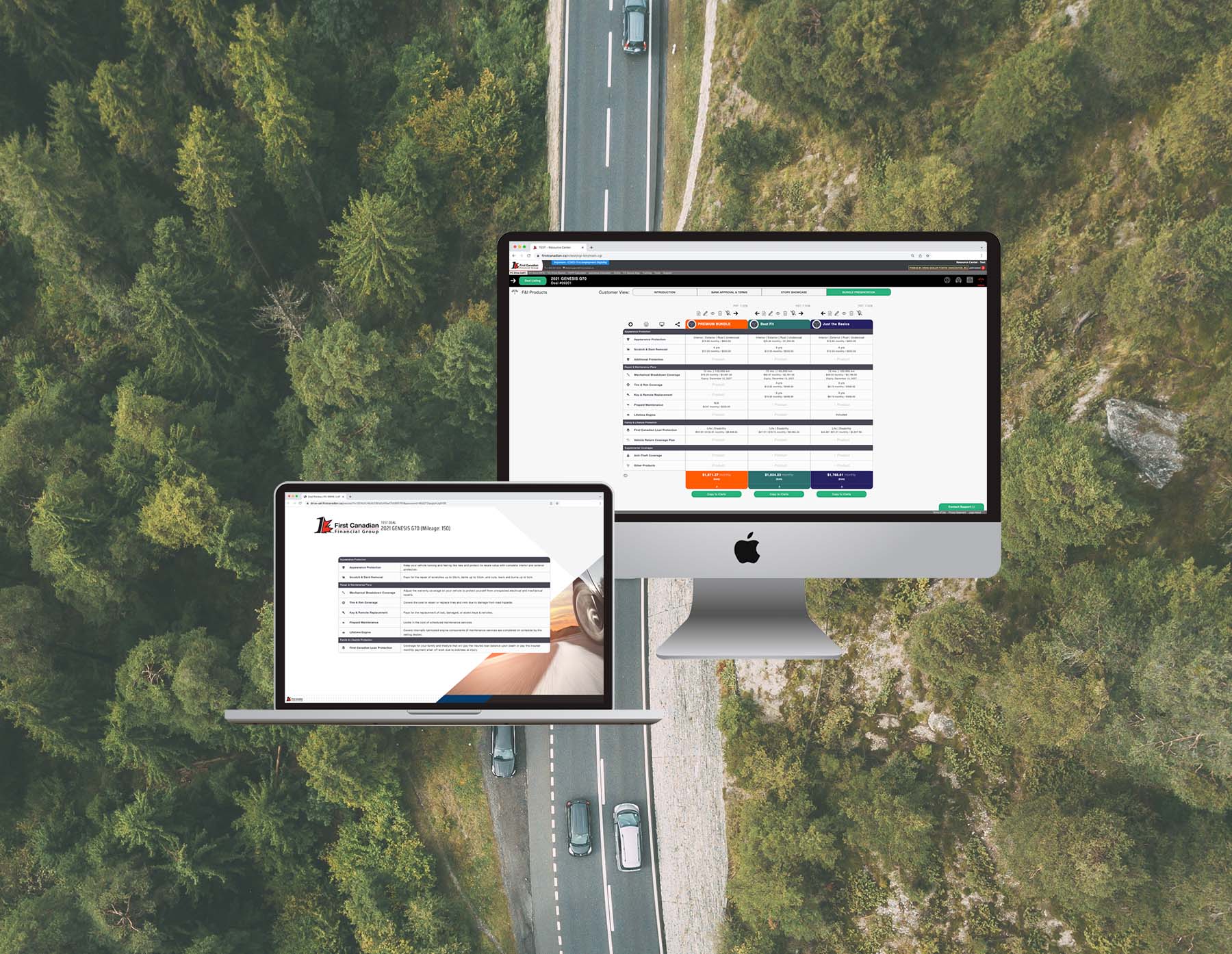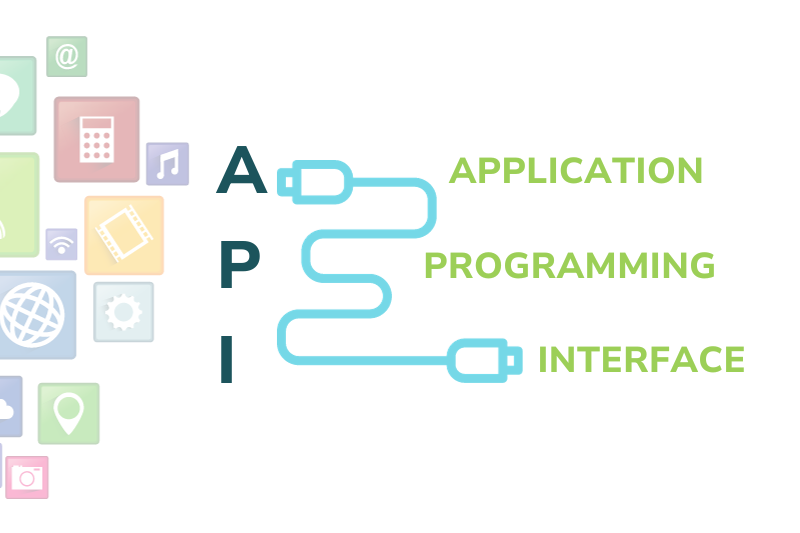What is an API?
One term that frequently surfaces in conversations about software, websites, and web/mobile applications is “API”. But what exactly does this acronym stand for, and why is it such a critical component of our digital experiences? Let’s explore this topic together.
Understanding the Basics
API stands for Application Programming Interface. Fundamentally, an API serves as a framework of regulations and protocols that facilitates seamless communication between various applications. It serves as an intermediary that enables one software system to interact with and request data or functionality from another.
Why APIs are Essential
Now that we answered the question – what is an API? – let’s go over the 4 pivotal roles they play in web development:
- Interconnectedness: APIs facilitate seamless data exchange and collaboration between different software systems. This interoperability is vital for the functioning of the modern digital ecosystem.
- Efficiency: They eliminate the need for developers to reinvent the wheel. Instead of creating every component from scratch, developers can use existing APIs to save time and resources.
- Customization: they empower developers to integrate third-party services into their applications, enhancing their functionality without starting from square one.
- Scalability: Businesses can expand their offerings by integrating APIs, allowing them to adapt to changing market demands quickly.
How do APIs work?
APIs work on a simple request-response model. When one software system, often referred to as the “client”, needs data or functionality from another system, known as the “server”, it sends a request through the API. The server processes the request and sends back the desired data or performs the requested action.
For instance, when you use a weather app, it may be pulling data from a server using an API. The app sends a request for current weather conditions, and the server responds with the data.
Everyday Application of APIs
To illustrate the importance of APIs, let’s consider some everyday scenarios:
- Social Media Integration: When you log in to a website using your Facebook or Google credentials, you’re using APIs to enable single sign-on.
- Mapping Services: Services like Google Maps provide APIs that developers use to embed maps and location data into their applications.
- Payment Gateways: E-commerce websites utilize payment gateway APIs to process transactions securely.
- Weather Updates: As mentioned earlier, weather apps fetch data from APIs provided by meteorological services.
- Productivity Tools: Applications like Slack and Trello offer APIs, allowing third-party developers to create extensions and integrations.
FC Drive Case Study
One way we can demonstrate how our team effectively uses APIs in their web application development projects is through the work we’ve done for our clients, First Canadian Insurance.
Examples of how APIs are used in the FC Drive Web Application:
- Vonage: for sending text messages within the application
- Compass Direct Portal API: for credit checks and finance rates
Read the FC Drive case study to learn more about the details of this automotive industry web application.

It is More than a Buzzword
In a world that is heavily dependent on digital solutions, APIs are the unsung behind-the-scenes heroes, enabling our favourite apps and services to work harmoniously. They simplify complex processes, enhance efficiency, and provide boundless possibilities for innovation. So, the next time you hear “API”, remember that it’s the glue that links the digital world, making our lives easier and more interconnected than ever before.
In summary, an API is the key to unlocking the potential of modern web development and creating a more connected, efficient, and innovative digital solution. If you would like to find out if it is the solution you’ve been looking for, our team would be more than happy to schedule a discovery meeting to learn about your project and help you decide. You can also browse our work to see how we’ve incorporated it in our clients’ work.


